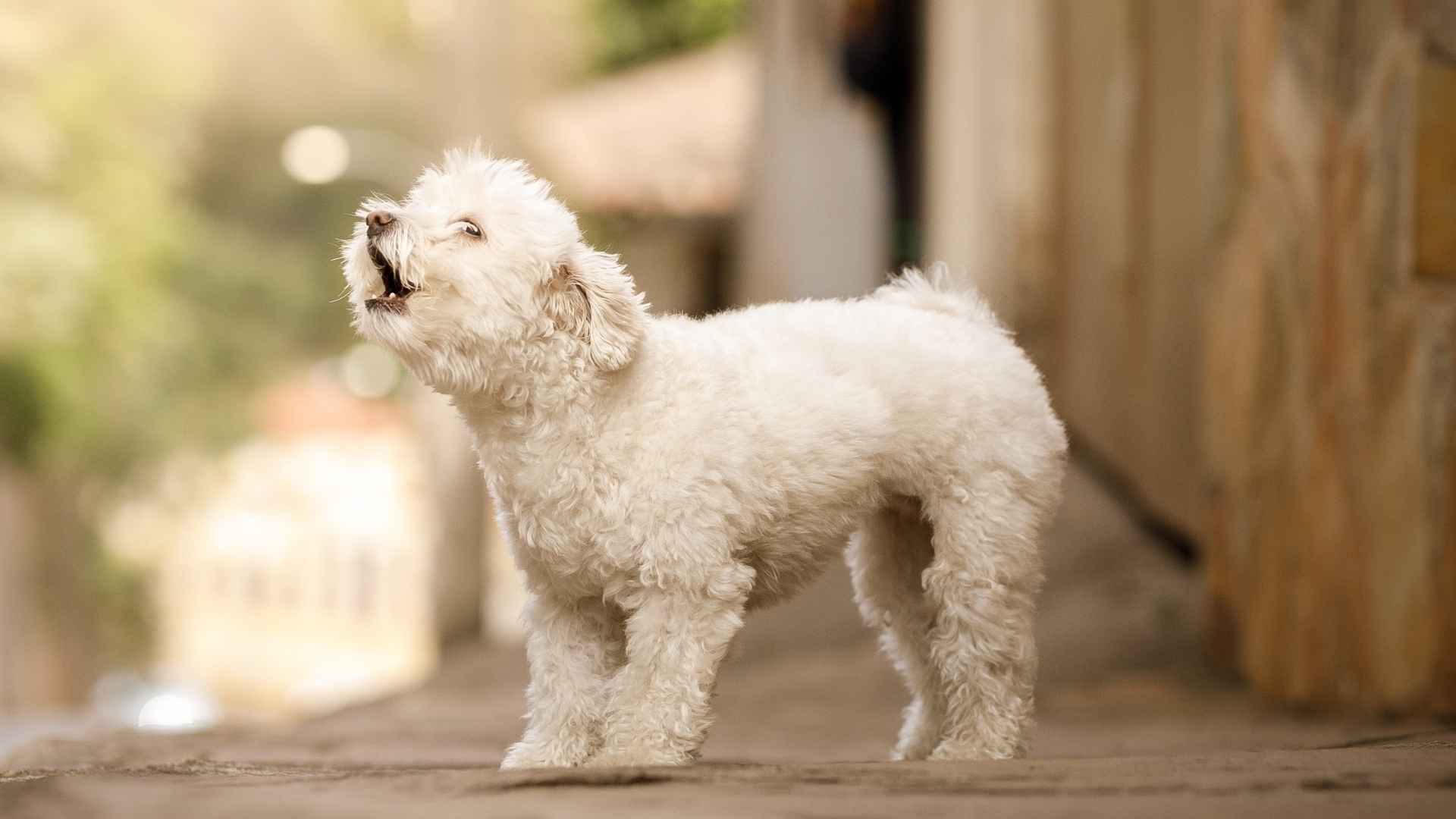Tiny dogs, big voices—sound familiar? If you’ve ever been surprised by a loud bark coming from what looks like a fluffy stuffed toy, you’re not alone. Some of the tiniest pups pack the most surprising vocal punch, and honestly, it’s kind of adorable… until it’s not.
These little bark machines may fit in your purse, but they sure don’t know how to whisper. From doorbells to shadows, they’ll bark at just about anything—and they really believe it’s their job to protect you. But what makes them so chatty in the first place?
Could it be their big personalities trapped in tiny bodies? Or maybe it’s their natural alertness dialed up to the max? Whatever it is, these pint-sized pups are impossible to ignore—and that’s what makes them so entertaining (and sometimes exhausting).
If you’re looking for a teacup dog with a big bark and even bigger character, you’re in for a wild, woofy ride.
Barking Teacup Dog Breeds
1. Yorkshire Terrier
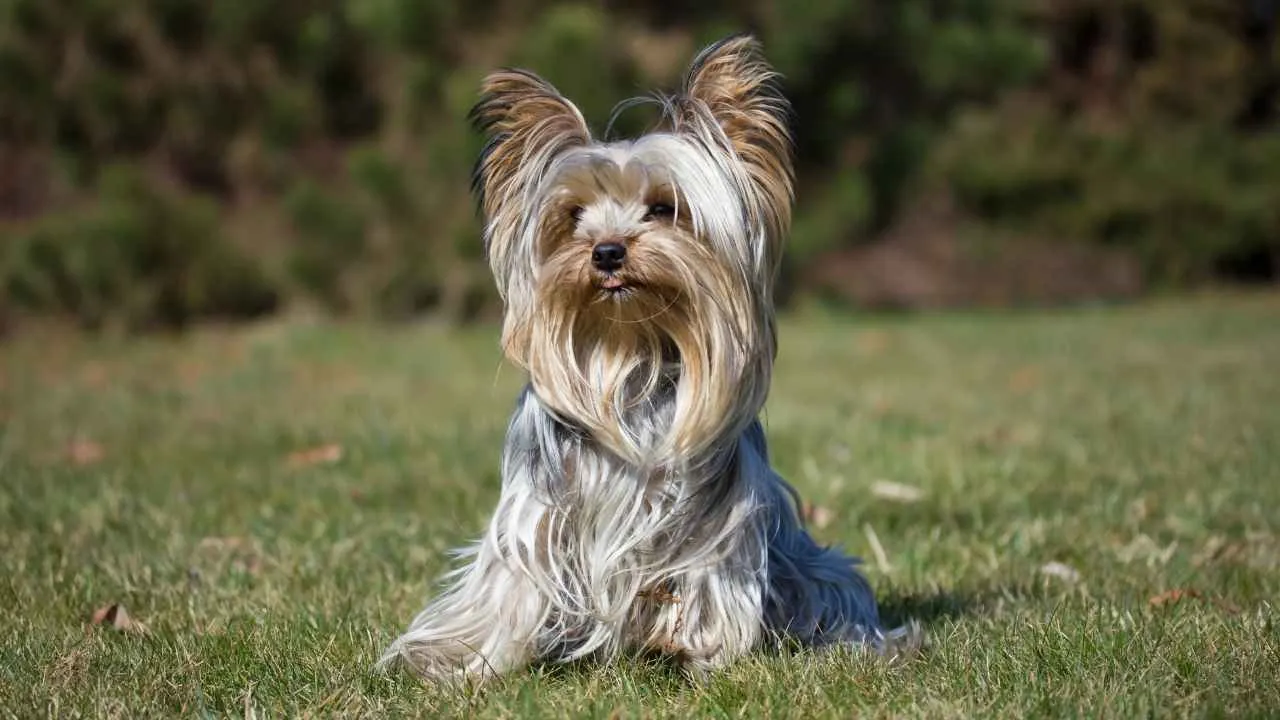
The Yorkshire Terrier may look dainty with its silky coat and tiny frame, but its bark says otherwise. These little dynamos have one of the loudest, sharpest barks in the teacup world. They were bred to chase rats in noisy mills, so using their voice was never optional—it was part of the job.
They don’t just bark for fun—they bark with purpose. VCA states that Yorkies are instinctively alert and naturally reactive to movement, unfamiliar sounds, or even a slight shift in your mood. They’re like emotional barometers with fur and a siren installed.
What really stands out? Their confidence. Yorkies believe they’re the guardians of the house, no matter how small the house—or the Yorkie—is. A big dog walking by? They’ll bark like they’re 100 pounds of fury. Talk about a small dog, big ego.
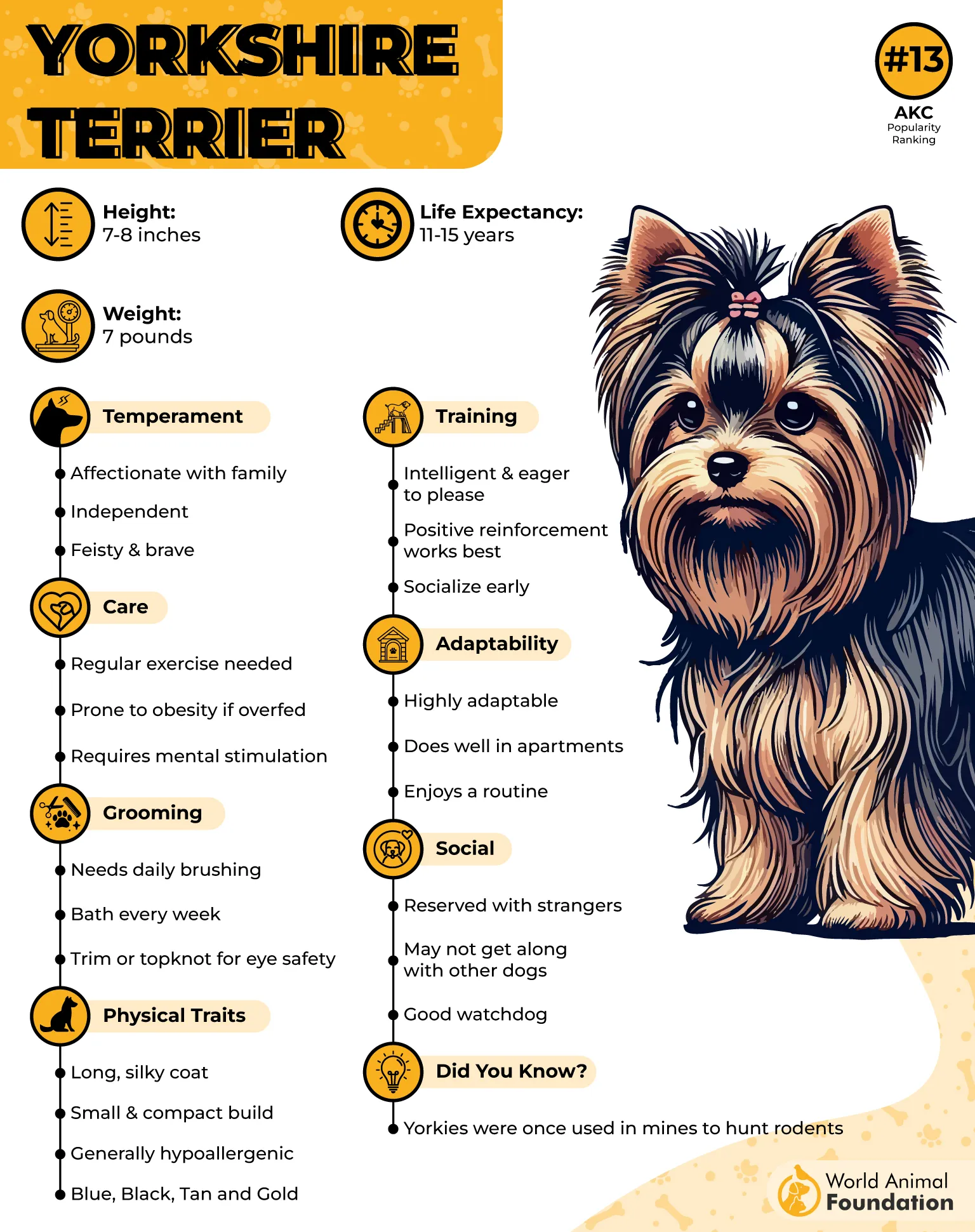
Ever wonder why they never miss a thing? Their hearing is razor-sharp. Yorkies can pick up on sounds you don’t even register, like the neighbor’s cat sneezing three doors down. Combine that with their natural suspicion, and you’ve got one vocal little watchdog.
Yorkies aren’t just loud—they’re expressive. Their barking style actually evolves over time, with many developing unique vocal “codes” to get their point across. You might notice one bark for play, another for warning, and a totally different one when they want food.
Fun Fact: Some owners say their Yorkies have such distinct bark patterns, they can tell exactly what their dog wants, just by the sound alone.
2. Cairn Terrier
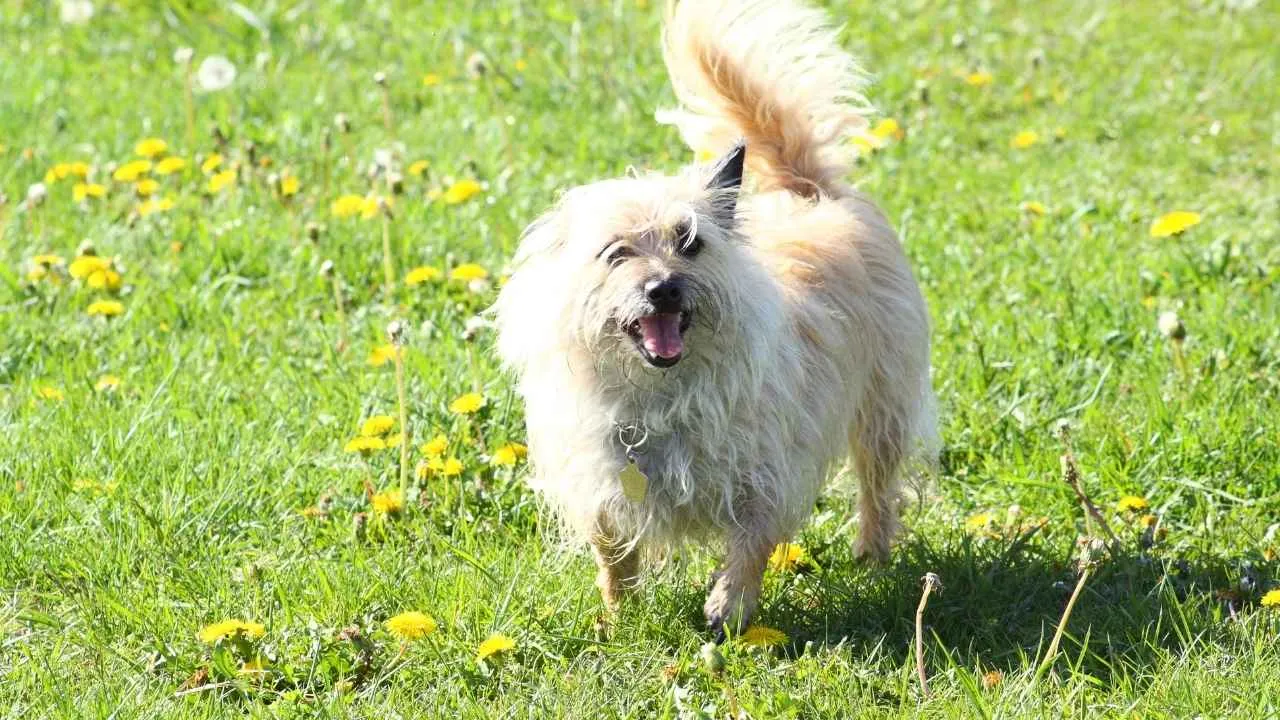
Cairn Terriers are spunky little dogs with a bark that’s far louder than their tiny frame suggests. Originally bred in Scotland to hunt vermin, these feisty pups were trained to alert hunters by barking from within the rocky cairns they were tasked with guarding. That instinct to alert and protect is still very much alive today.
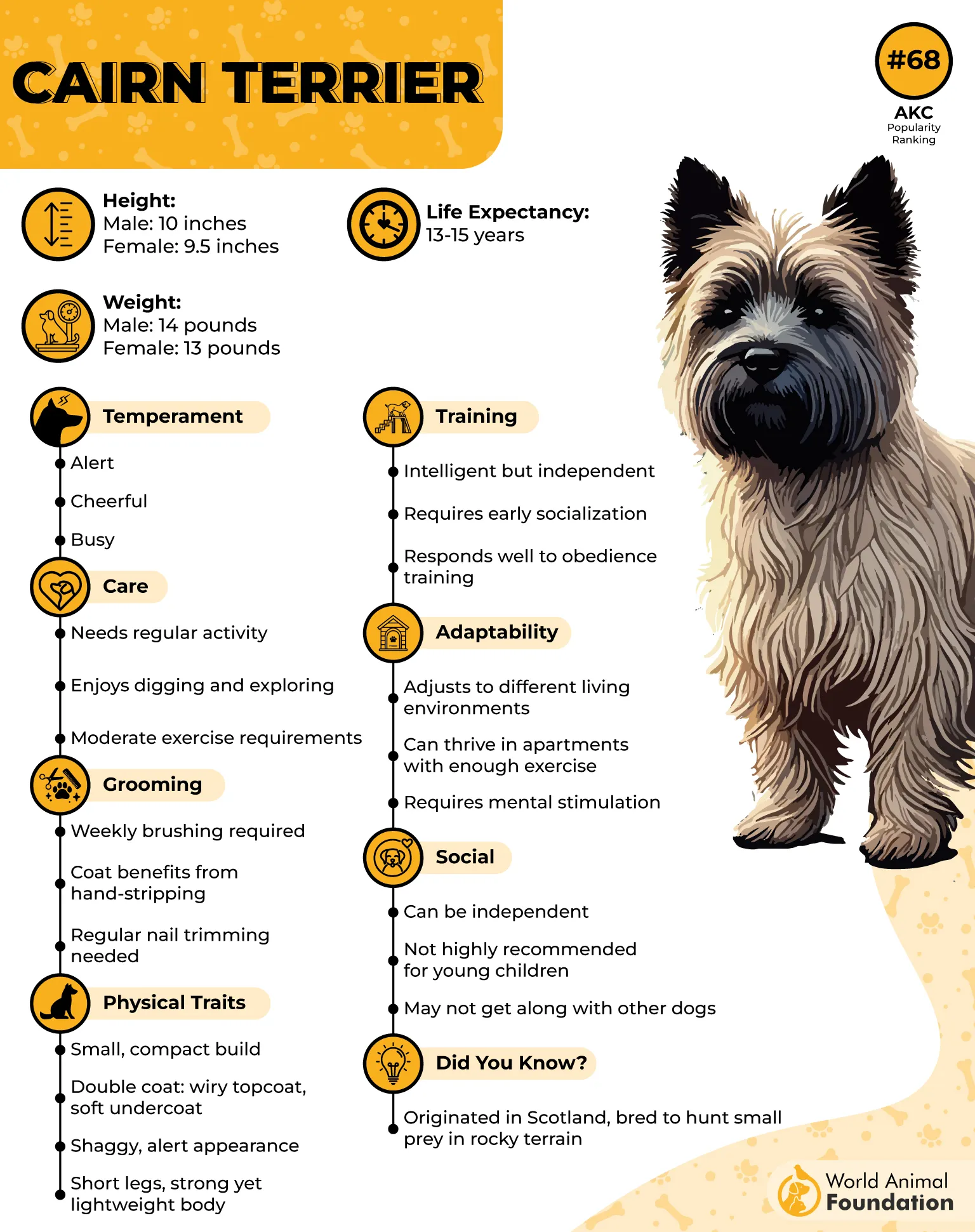
What makes their bark different? It’s not just loud—it’s persistent. Cairns will bark repeatedly until they’ve made their point. Their vocal range is wide, and they’ll keep at it until they feel you’re aware of whatever’s captured their attention. It’s their way of saying, “I’ve got this!” They are a cheerful and alert dog breed, states Purina.
Independence is another key trait. Cairns are often described as “think for themselves” dogs. If they see something interesting (or alarming), they won’t wait around for your approval before letting loose. They act first and bark second—sometimes without even glancing back to see if you’re on the same page.
Their prey drive is also high, so if there’s something moving (even a leaf), expect a barrage of barks. This makes them wonderful guard dogs, but challenging when it comes to keeping the peace. Their instinct is to sound the alarm at anything they deem suspicious—whether it’s a person, a bird, or even a gust of wind.
Their barks also vary depending on the situation. A quick, sharp bark often means they’ve spotted something interesting, while a prolonged, deeper bark signals frustration or boredom. Cairns have a variety of barks, and they know when to switch it up depending on what’s happening around them.
3. West Highland Terrier

West Highland Terriers, or “Westies,” are small dogs with big personalities—and an even bigger bark! Known for their fluffy white coat and perky ears, they’re often mistaken for the silent type. Don’t be fooled, though. Westies are alert and vocal, and they’ll let you know if anything seems out of place.
What makes their bark so distinct? It’s high-pitched and short, with a quick burst of energy that catches your attention. Westies don’t waste time—they bark to get the job done and then move on. They’re typically more expressive than your average little dog and will voice their thoughts at the drop of a hat.
Their intelligence and curiosity are part of the reason they’re so vocal. Westies will bark out of boredom just as much as they will out of alertness. Give them puzzles or toys to keep them engaged, and you’ll notice fewer “random” barks.
But don’t mistake their alertness for anxiety. Westies are confident dogs that don’t get spooked easily. They’ll bark to alert you to a stranger, but once the situation is assessed, they settle down. They don’t linger in a state of high stress—they bark, and then they move on.
They’re also known for their independence, says CKCUSA. If a Westie has decided to bark, good luck stopping them! Training them to understand when to bark and when to be quiet can take time and patience, but the rewards are worth it. Their loyalty and protectiveness make them excellent companions, even if they’re a bit noisy at times.
4. Beagle

Beagles are adorable little dogs with an abundance of energy and a bark that’s hard to ignore. Known for their distinct howls and yips, they have a way of vocalizing that can’t be mistaken for any other breed. Originally bred for hunting, their bark was an essential tool to alert hunters of a successful catch, and they still maintain that instinct today.
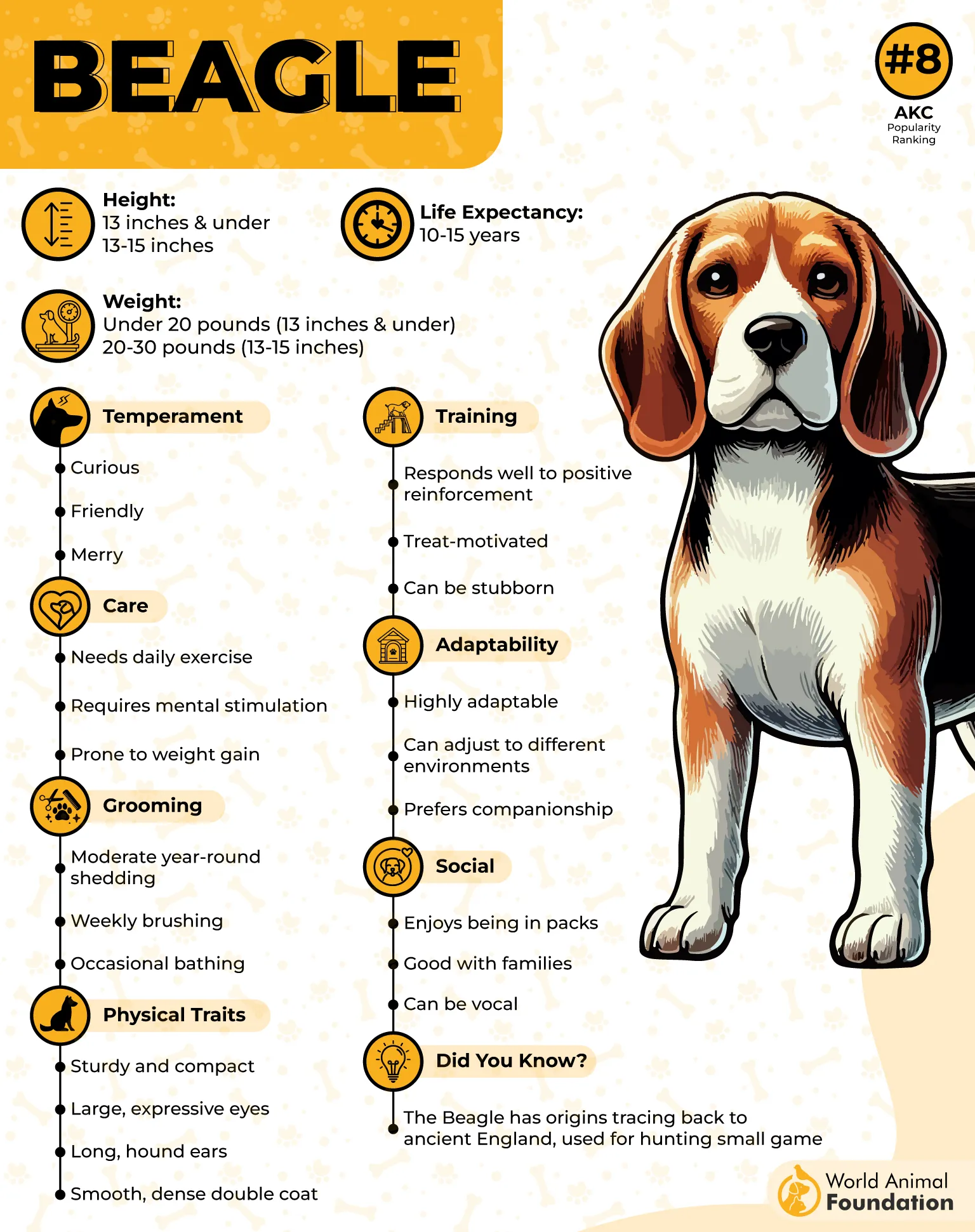
It’s a blend of a short, sharp bark and a drawn-out howl, which makes a Beagle’s bark so unique. Their ability to switch between different tones and lengths makes them incredibly expressive. Whether they’re alerting you to a bird in the yard or just trying to get your attention for some playtime, their bark is their first choice of communication.
Their strong hunting instincts play a big role in their vocal habits. When they catch wind of something interesting, their nose leads the way, but their bark seals the deal. This trait makes them excellent tracking dogs, but it also means you’ll often hear them vocalizing when they’re on the scent of something new or exciting.
While their barks can be a bit much at times, it’s all part of their charm. According to Omlet, Beagles are friendly, affectionate, and incredibly loyal. Their barks are a sign of their exuberance and eagerness to engage with the world around them.
Beagles are not the “silent” type—but that’s what makes them such a joy to have around. Their enthusiasm for life and their ability to communicate through barking make them wonderful companions for active families who appreciate their spirited nature.
5. Australian Terrier
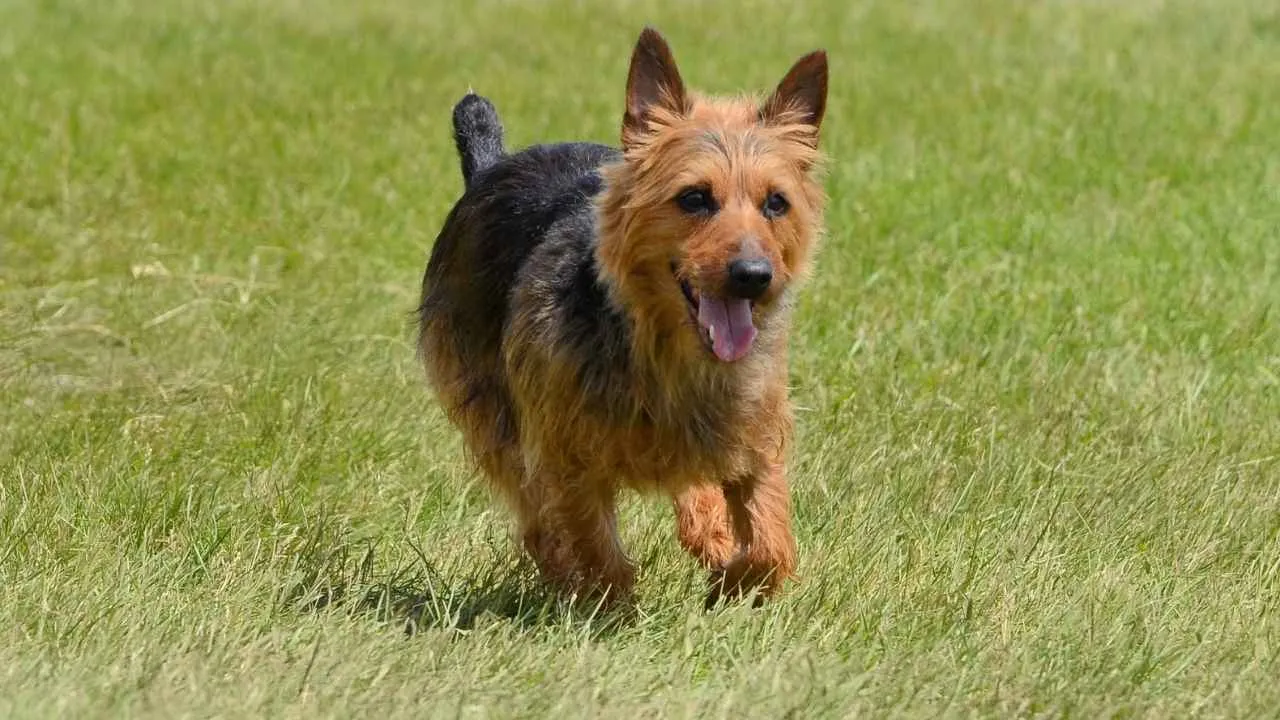
The Australian Terrier is a small dog with a big personality, and they’re not shy about letting you know it! Known for their scruffy coat and confident demeanor, these little dogs can easily be mistaken for being quiet dogs—until they start barking.
One of the defining features of an Australian Terrier’s bark is its sharpness. It’s like a little “yip” that cuts through the air and demands attention. Whether it’s a new person walking by or a sudden noise in the distance, they’ll immediately announce it with gusto, as if to say, “Hey, I’m here! Notice me!”
Despite their small size, Aussies have a natural watchdog instinct. Britannica states that they’re fearless, and when they detect something out of the ordinary, they won’t hesitate to make their presence known. It could be the mailman or a car driving by, but you’ll know about it, thanks to their loud, piercing bark.
Their vocal nature can be particularly prominent when they’re left alone. Aussies can sometimes get anxious if they’re isolated or not given enough attention. Their barks become their way of coping with this, as they’re naturally social and enjoy being around their family members.
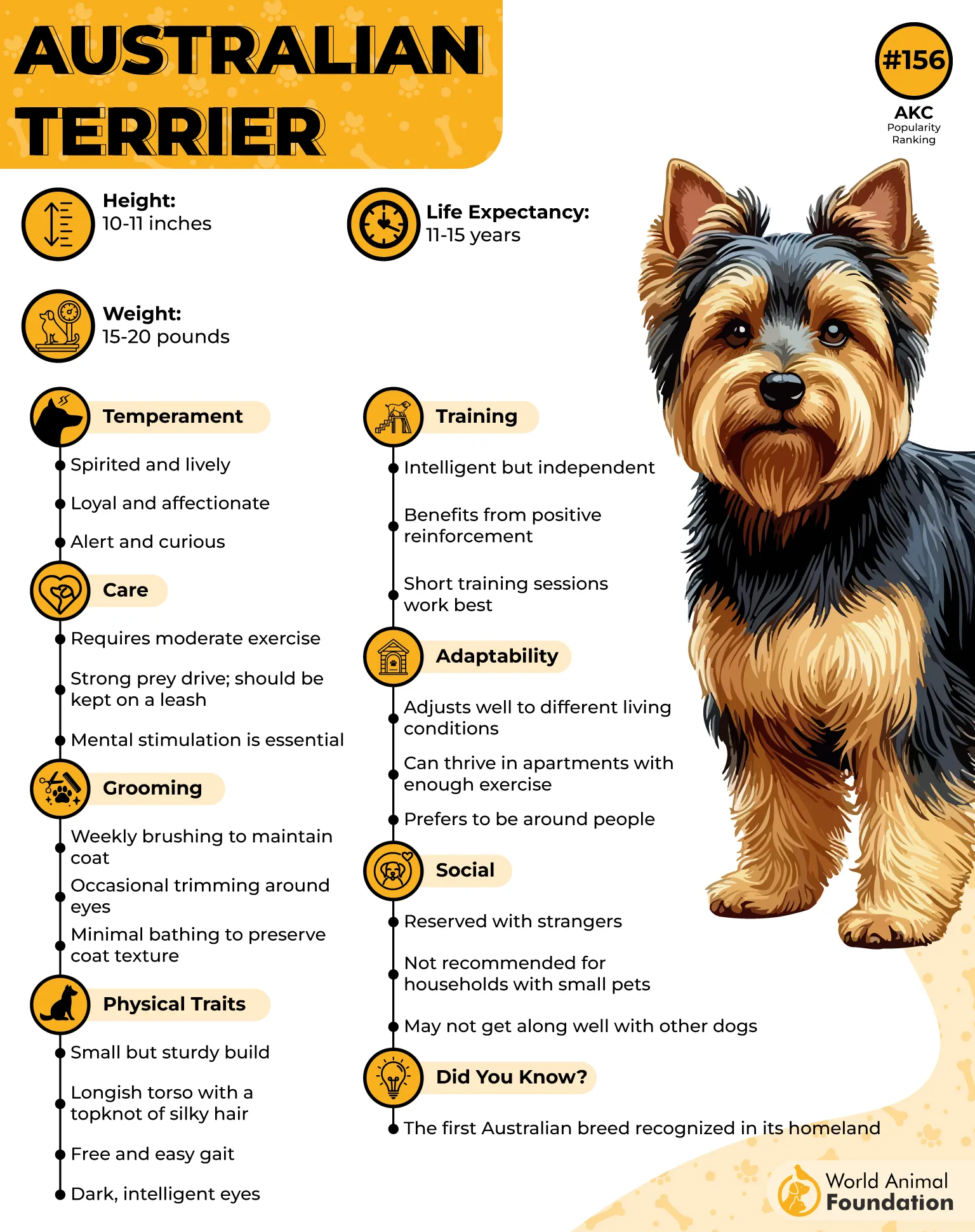
While they are small, Australian Terriers are surprisingly robust, and their barks can carry over longer distances. If you’ve ever heard one bark from across the yard, you know it’s no meek little sound—it’s a bold statement. The Australian Terrier may be small, but they’re definitely loud!
6. Chihuahua
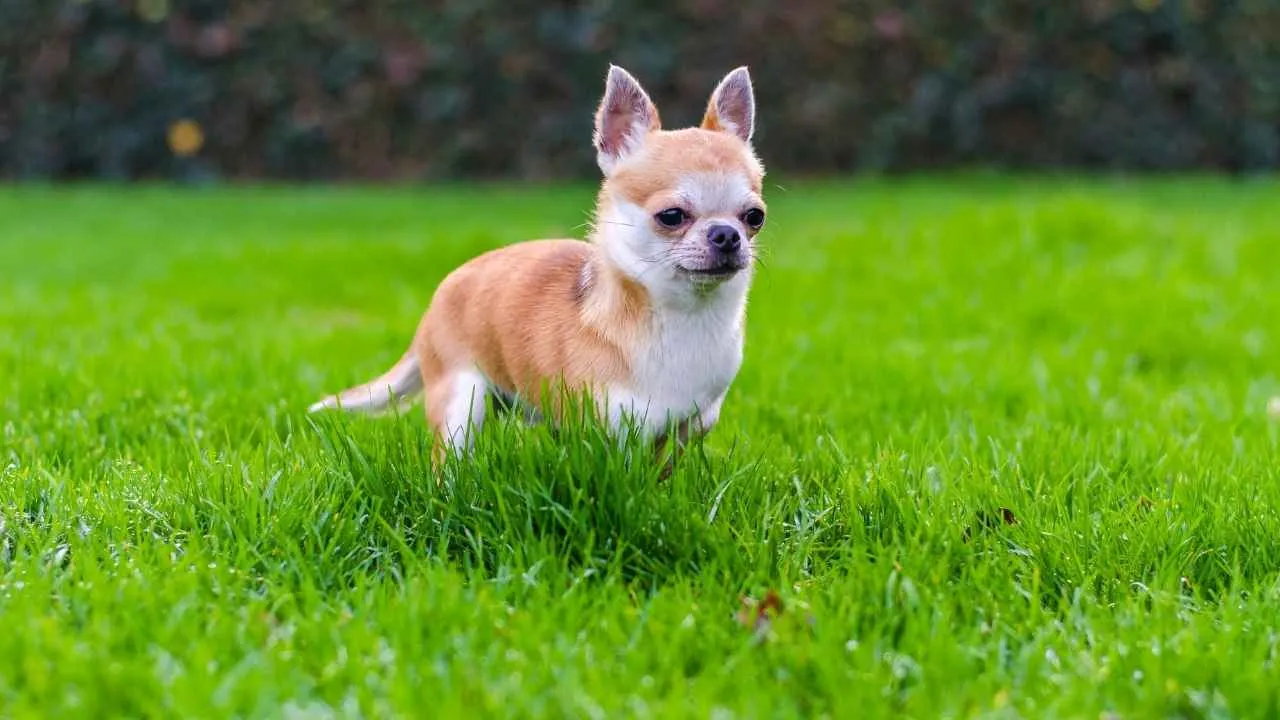
Chihuahuas may be small in size, but their barks are larger than life. These pint-sized dogs have a big voice, and they’re not afraid to use it! Their bark is often surprisingly loud for such a tiny dog, and it’s one of the first things you’ll notice about them.
Their bark is sharp and high-pitched, almost like a squeak, making it stand out in any environment. Chihuahuas are known for their tendency to bark when they feel threatened, excited, or even just curious. They’re quick to speak up, letting everyone know they’ve spotted something—or—someone that deserves their attention.
Chihuahuas are naturally alert dogs, and their bark is an instinctual response to their surroundings. They may seem like the tiniest little dogs around, but don’t let their size fool you. Chihuahuas are fiercely protective of their territory and family, and their barking serves as a warning signal to potential intruders.
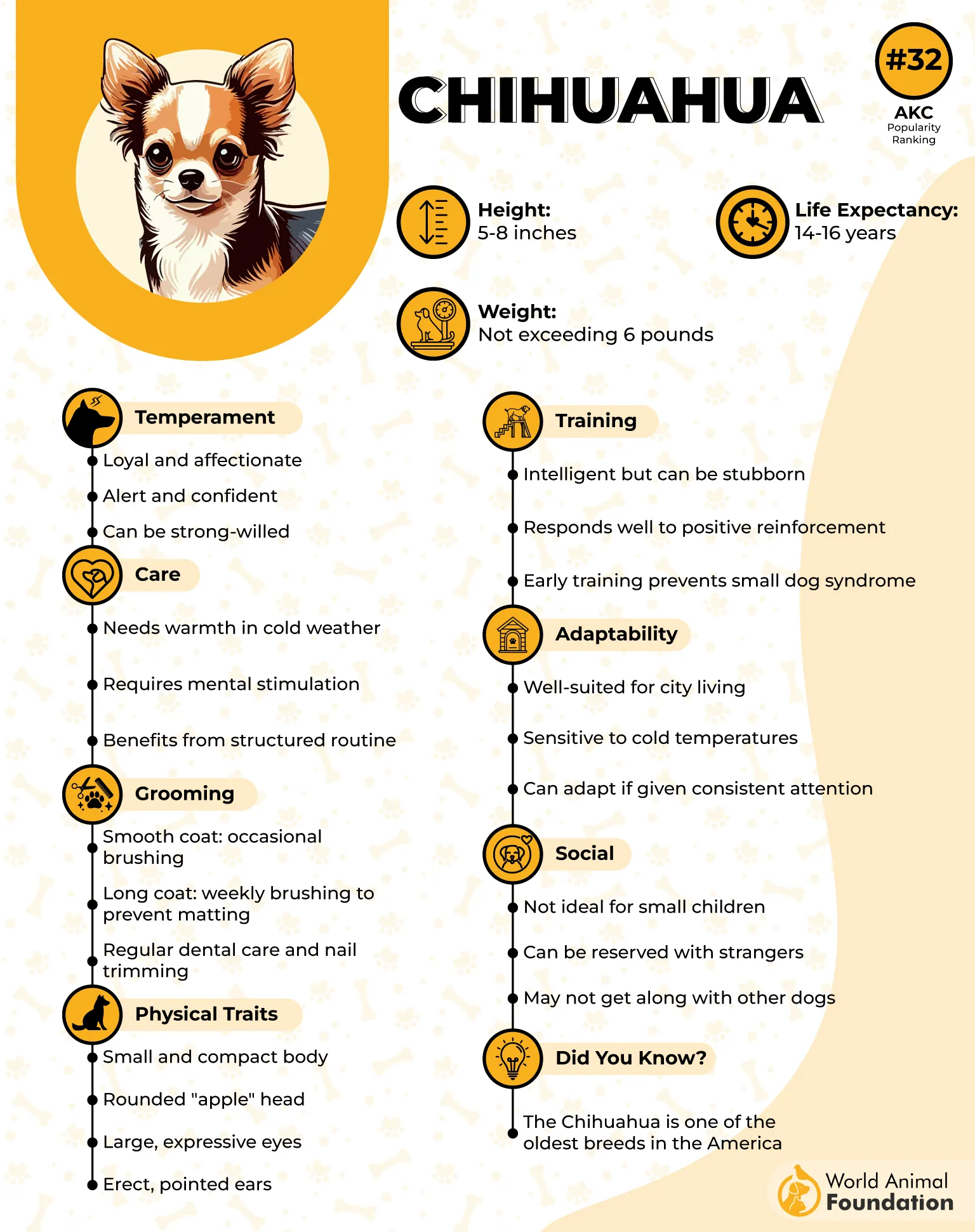
Despite their tendency to bark, Chihuahuas are known for their strong bond with their owners. They’ll alert you to anything out of the ordinary, but once the situation is assessed, they tend to calm down. They enjoy being part of the action, whether it’s barking at a passing car or curling up with you on the couch.
While their barking may be a bit much for some, Chihuahuas are incredibly affectionate and loyal, says Petplan. Their vocalizations are part of their charm—it’s just their way of showing they care. With the right balance of training and understanding, their barks can become less frequent and more purposeful.
7. Dachshund

Dachshunds are small but mighty dogs, and their barks are no exception. Their bark is often deeper and stronger than you’d expect for such a small dog. You’ll quickly notice that their voice doesn’t match their size. It’s a short, sharp bark that commands attention, especially when they’re on alert. Their distinct bark is enough to make anyone take notice, even from a distance.
Although they’re alert and protective, Dachshunds are also affectionate. Their barking is often their way of seeking attention or making sure their family is aware of something they’ve spotted. They may bark for a variety of reasons—alerting, greeting, or even just to get your attention.
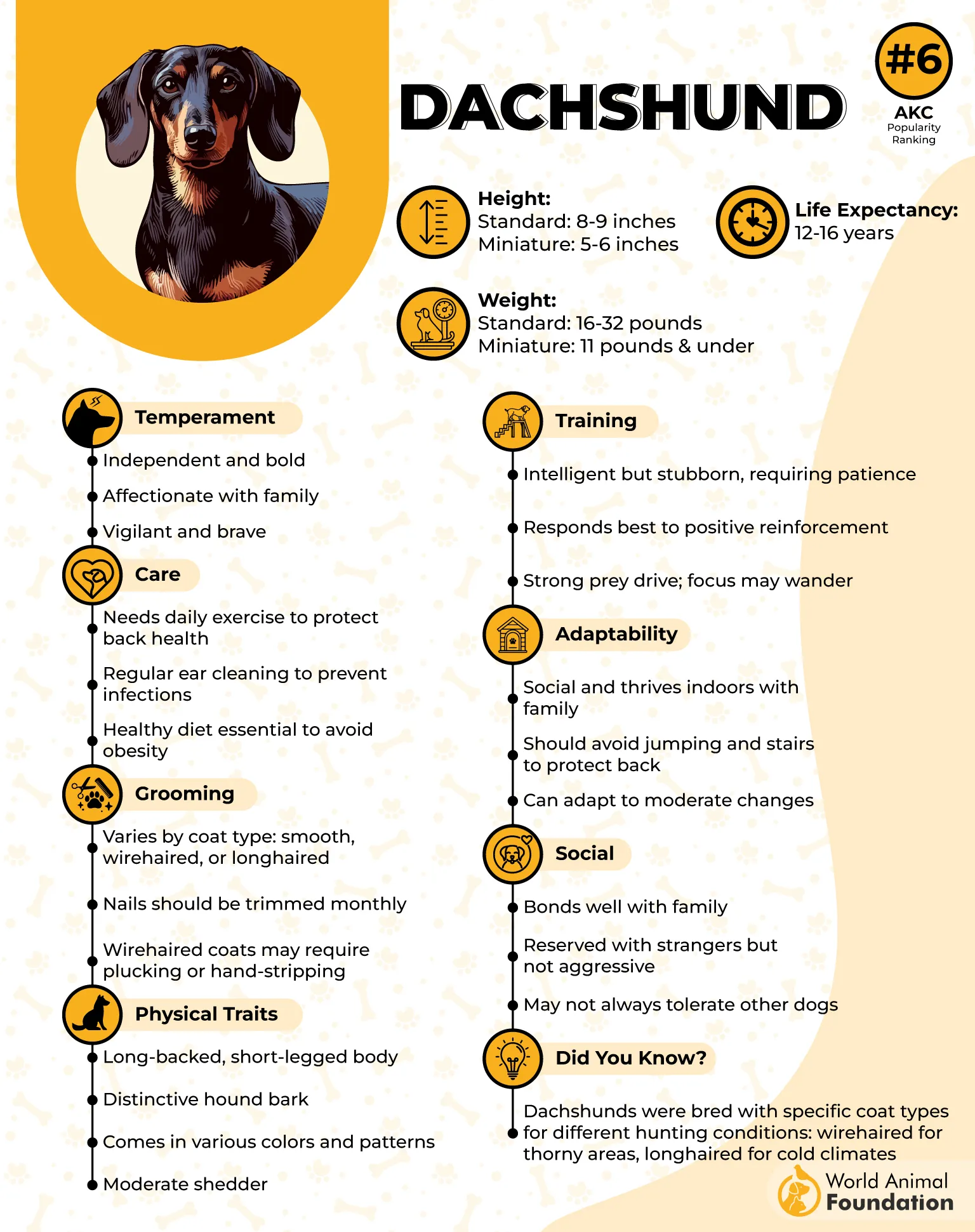
Training a Dachshund to control their barking can be a challenge. These dogs are clever but have a stubborn streak. With consistency and positive reinforcement, you can teach them when it’s okay to bark and when it’s time to stay quiet. It’s about setting boundaries, but it takes patience and time.
Dachshunds are highly social and love being around their family members. While they may bark at strangers or unfamiliar noises, they usually calm down once they feel reassured. They’re loyal dogs that thrive on interaction and enjoy being part of the action. Their strong bond with their family makes them great companions.
Dachshunds’ barks might not always be music to your ears, but they reflect their playful, protective, and lively personalities, states Orvis. They’re little dogs with lots of love to give, and their vocal nature is just one part of their charm. With the right training, their barking can be kept in check, making them excellent pets.
Fun Fact: Dachshunds have one of the longest lifespans of any dog breed, often living up to 15 years or more. That means you’ll get plenty of time to enjoy their spirited barks and lively companionship!
Conclusion
When it comes to barking teacup dog breeds, don’t let their size fool you—these small dogs pack a punch in personality, bark, and charm. From teacup Maltese to Chihuahua, toy breeds may be miniature in shape, but they have big voices and even bigger hearts. These cute, cuddly companions are often alert, curious, and full of energy, making them a good fit for owners who love playful, talkative pets.
Whether you prefer the elegant Teacup Yorkies, the spirited Beagles, or the sociable Shih Tzus, these breeds form strong bonds with their humans and can be prone to separation anxiety if left alone too long. They thrive when properly introduced to new environments, especially if they get regular training and social time with other small dogs, kids, or neighbors. While they may not need high exercise, they still need mental stimulation to curb excessive barking behavior.
From lapdogs like the Lhasa Apso and Bichon Frise to more independent spirits like Pomeranians, these toy dogs are as loyal as they are playful. They may not be the best choice for those with allergies, depending on the breed’s coat type—some, like the longhaired ones, may shed more. But for those interested in an affectionate, intelligent, and active companion, these petite pups offer a lifetime of love and lively behavior. Choosing the right breed isn’t just about size—it’s about finding one that fits your life, lifestyle, and heart.


